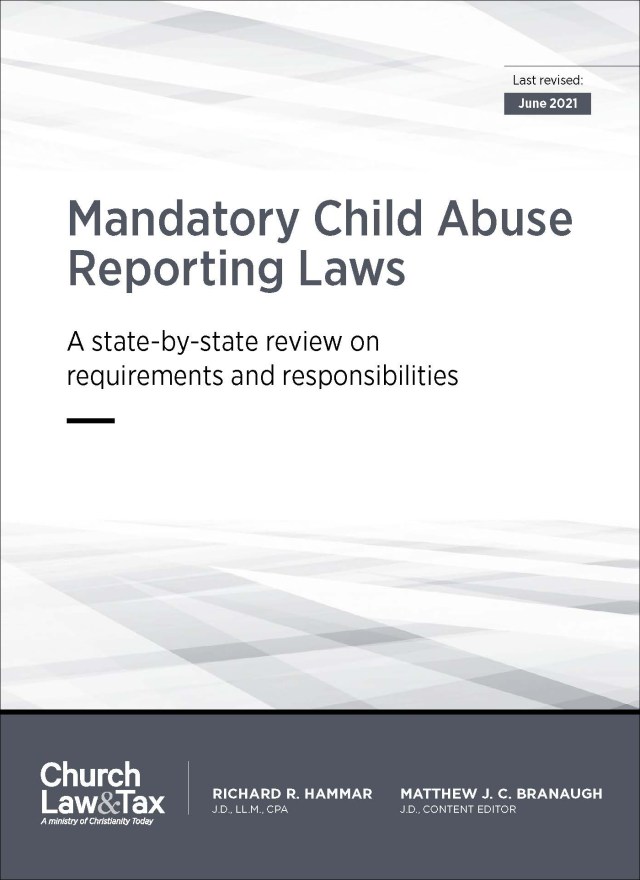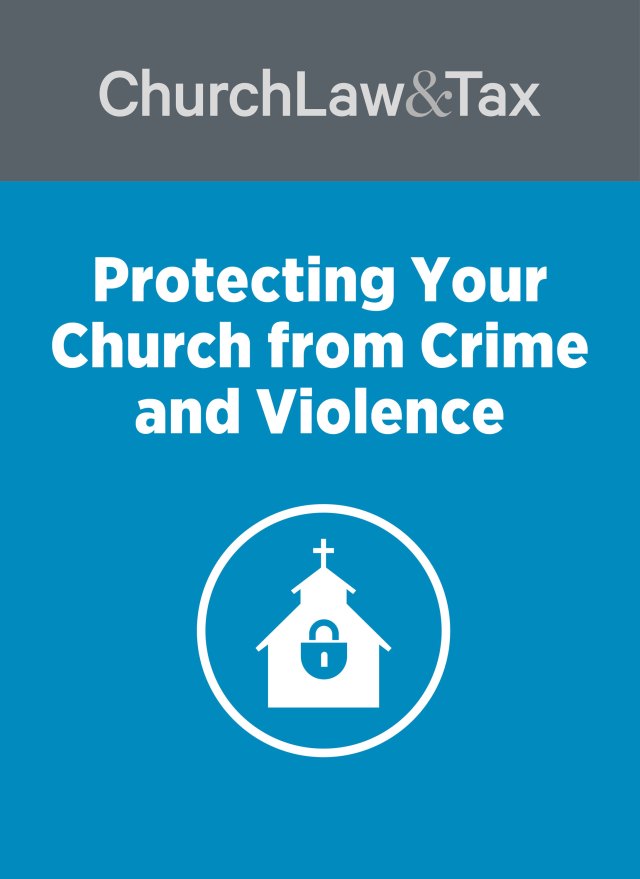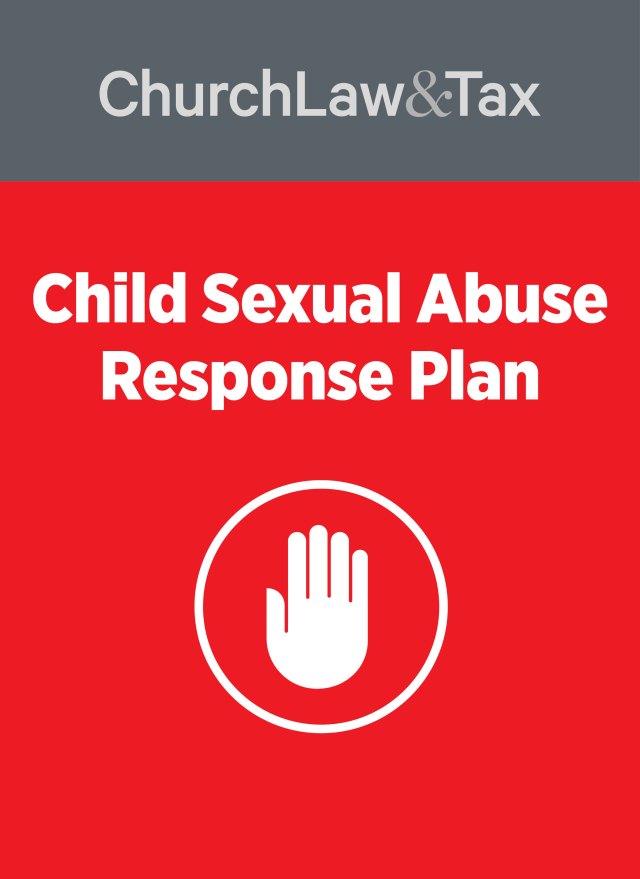Personal injuries-on church property or during church activities
• Key point. Churches that fail to adequately monitor or supervise children’s activities may be legally responsible for resulting injuries on the basis of negligent supervision-even if those injuries are caused by criminal acts.
A New York court ruled that a school was liable on the basis of negligent supervision for the rape of a 12—year—old girl that occurred when she left a school outing without permission. The victim and her class of 30 students were attending a school outing at a public park. She left the group to have lunch at a nearby pizza restaurant. Upon returning to the park, she discovered that her class had left. Instead of returning to school, she walked home. While walking home, she was abducted and raped by two adolescent males. The victim sued the school, claiming that her injuries were caused by its negligent supervision of the class outing. A jury found the school negligent, and awarded the victim $3 million in damages. The verdict was based in part on the testimony of an expert in school safety that the school had departed from “safe and common practices.” In particular, he noted the following: (1) there should have been at least one more adult supervising the group of 30 elementary—age children (only two adults were present during the outing); (2) students were not “paired off” as buddies; (3) arrangements were not made to have the class meet together at least once each hour while at the park; (4) students were not told that they could not leave the park alone; and (5) students were not told that they would only be dismissed from the outing after they returned to school. The safety expert also testified that the teacher in charge of the outing should have taken several steps immediately upon discovering that a child was missing. These included: (1) notifying the school immediately to seek guidance from his superiors; (2) notifying the park police; (3) asking another teacher to take the children back to school so he could continue the search for the missing child; (4) remaining in the park until shortly before dismissal time, to give the victim more time to return; and (5) notifying school officials upon his return that the victim was still missing.
The school appealed, and a state appeals court reversed the jury verdict and ruled that the school was not responsible for the victim’s injuries. It concluded that even if the school had negligently supervised the outing it could not be responsible for the victim’s injuries since “the unforeseeable conduct of [the two rapists] constituted a superseding tortious act that absolved the [school] of any culpability for [the victim’s] injuries.” This case was addressed in the March—April 1997 issue of this newsletter. The victim appealed this decision, and the state’s highest court reversed the lower court’s decision and ruled in favor of the victim. The court concluded:
[W]e cannot say that the intervening act of rape was unforeseeable as a matter of law. A rational jury hearing the trial testimony could have determined, as the jury did in this case, that the foreseeable result of the danger created by [the school’s] alleged lack of supervision was injury such as occurred here. A [jury] could have reasonably concluded that the very purpose of the school supervision was to shield vulnerable schoolchildren from such acts of violence. As we have previously recognized, when the intervening, intentional act of another is itself the foreseeable harm that shapes the duty imposed, the defendant who fails to guard against such conduct will not be relieved of liability when that act occurs.
Application. This case is significant for three reasons: (1) It is a decision of the New York Court of Appeals-the highest state court in New York. This is a well—respected court whose decisions often are given great weight in other jurisdictions. (2) More importantly, the court concluded that criminal acts will not cut off liability for negligent supervision when it is the negligent supervision that made the criminal acts possible. To illustrate, assume that a church conducts an activity and releases a 10—year—old child at the end of the activity but before the child’s parent or guardian arrive. The child begins walking home, and is abducted. While the abduction is a criminal act, it does not relieve the church of liability (based on negligent supervision) when it was the very act of releasing the minor that made the abduction possible. This case will make it more difficult for churches and schools to avoid liability for negligent supervision when a minor is harmed by a criminal act. (3) The case provides helpful guidance on the standard of care expected of youth workers in certain settings. Bell v. Board of Education, 687 N.Y.S.2d 1325 (A.D. 1997).
[Negligence as a Basis for Liability]
© Copyright 1998 by Church Law & Tax Report. All rights reserved. This publication is designed to provide accurate and authoritative information in regard to the subject matter covered. It is provided with the understanding that the publisher is not engaged in rendering legal, accounting, or other professional service. If legal advice or other expert assistance is required, the services of a competent professional person should be sought. Church Law & Tax Report, PO Box 1098, Matthews, NC 28106. Reference Code: m58 m65 m86 c0498



